Reptiles & Amphibians: Books
Further resources, if available, can be found in our full bibliography.
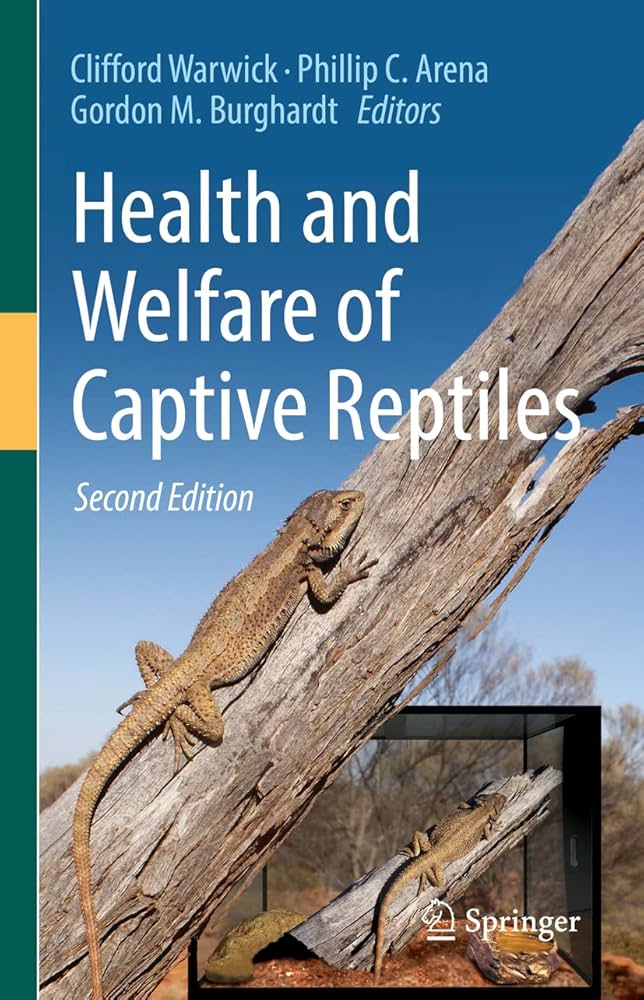
Health and Welfare of Captive Reptiles
Clifford Warwick, Phillip C. Arena, Gordon M. Burghardt
Springer
2023
This extensively revised and expanded new edition offers concepts, principles and applied information that relates to the wellbeing of reptiles. As a manual on health and welfare in a similar vein to volumes addressing the sciences of anatomy, behaviour or psychology, this book thoroughly examines the biology of reptile welfare and is about meeting biological needs. Positive and negative implications of general husbandry and research programs are discussed. In addition to greatly revised original content are nine new chapters offering readers novel insight into sensory systems; social behaviour; brain and cognition; controlled deprivation and enrichment; effects of captivity-imposed noise and light disturbance on welfare; spatial and thermal factors; evidential thresholds for species suitability in captivity; record keeping as an aid to captive care; and arbitrary husbandry practices and misconceptions. Although primarily aimed at academic professionals, this comprehensive volume is fundamentally a biology book that will also inform all involved in captive reptile husbandry.
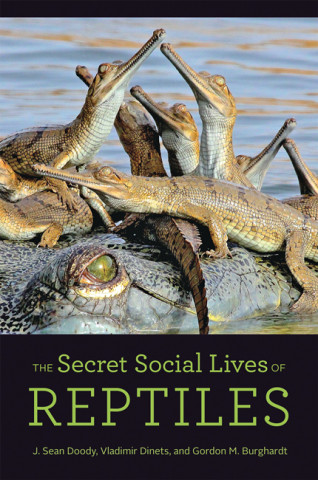
The Secret Social Lives of Reptiles
J. Sean Doody, Vladimir Dinets, Gordon M. Burghardt
Johns Hopkins University Press
2021
Covering diverse species from garter snakes to Komodo dragons, this book delves into the evolutionary origins and fascinating details of the mysterious social lives of reptiles. In The Secret Social Lives of Reptiles, J. Sean Doody, Vladimir Dinets, and Gordon M. Burghardt—three of the world’s leading experts on reptiles—bring together a wave of new research with a synthesis of classic studies to produce the only authoritative look at the social behaviors of the most provocative animals on the planet. The book covers turtles, lizards, snakes, crocodilians, and the enigmatic tuatara. Enhanced with dozens of images, it takes readers through a myriad of social interactions, tendencies, and intimacies ranging from fierce territorial battles to delicate paternal care and from promiscuous pairings to monogamous partnerships. Revealing the secrets of reptilian social relationships through original quantitative research, field studies, laboratory experiments, and careful analysis of the literature, The Secret Social Lives of Reptiles elevates these fascinating animals to key players in the science of behavioral ecology.
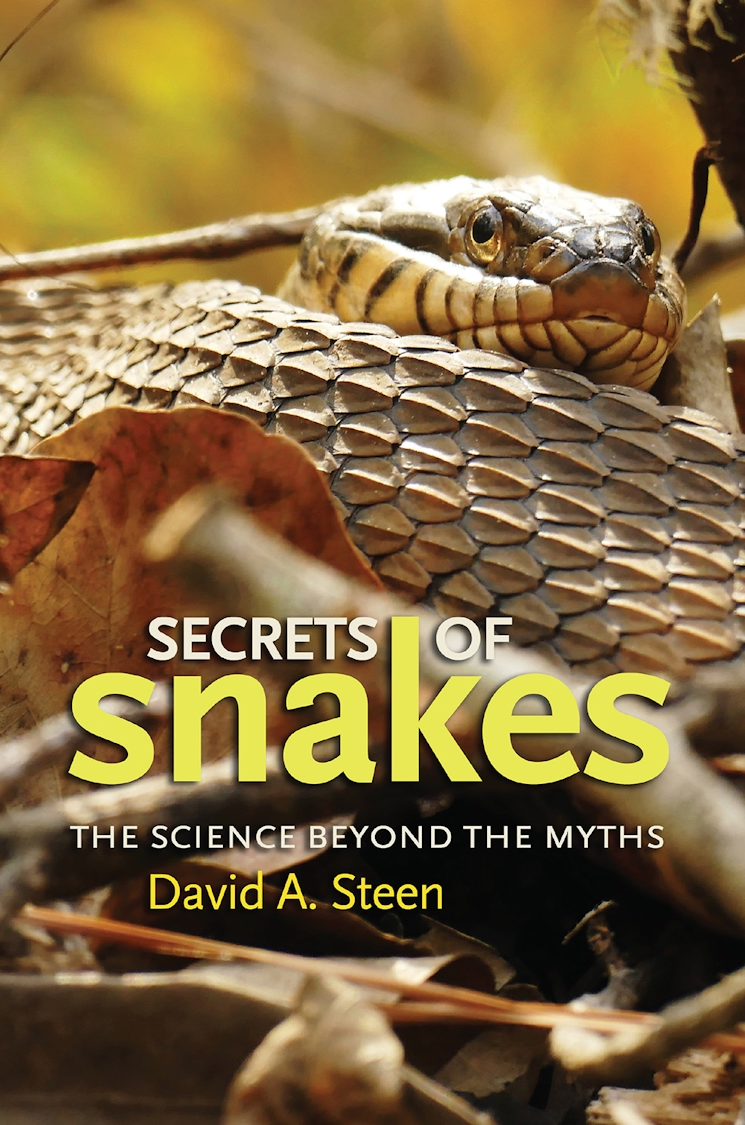
In Secrets of Snakes: The Science beyond the Myths, wildlife biologist David Steen tackles the most frequently asked questions and clears up prevailing myths. In a conversational style with a bit of humor, Steen presents the relevant biology and natural history of snakes, making the latest scientific research accessible to a general audience. When addressing myths about snakes, he explains how researchers use the scientific method to explain which parts of the myth are biologically plausible and which are not. Steen also takes a close look at conventional wisdom and common advice about snakes. Enhanced by more than 100 stunning color photographs and three original drawings, Secrets of Snakes: The Science beyond the Myths encourages readers to learn about the snakes around them and introduces them to how scientists use the scientific method and critical thinking to learn about the natural world.
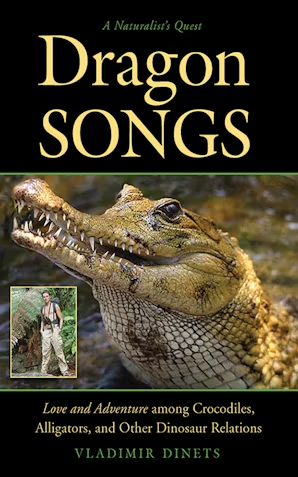
Dragon Songs: Love and Adventure Among Crocodiles, Alligators, and Other Dinosaur Relations
Vladimir Dinets
Arcade Publishing
2013
When Vladimir Dinets was accepted into the PhD program in zoology at the University of Miami, he thought crocodiles were a dead-end research topic until he witnessed groups of up to seventy alligators performing mating choruses that included infrasound vibrations—a form of communication extremely rare in nature—and a “dance” unknown in the scientific literature but that resembled a scene from Jurassic Park. To prove his thesis about the language of crocodiles, he spent the next six years traveling around the world, studying almost every living species. With adventures on five continents, Dragon Songs is his account of this quest. It includes an escape from a boiling lava lake in the Afar Desert, being chased up a tree by a tiger in India, hitching a ride with a cocaine smuggler in Bolivia, and diving with giant Greenland sharks—all in the name of studying crocodiles, among which he routinely paddled in his inflatable kayak. His ground-breaking research helped change the field.
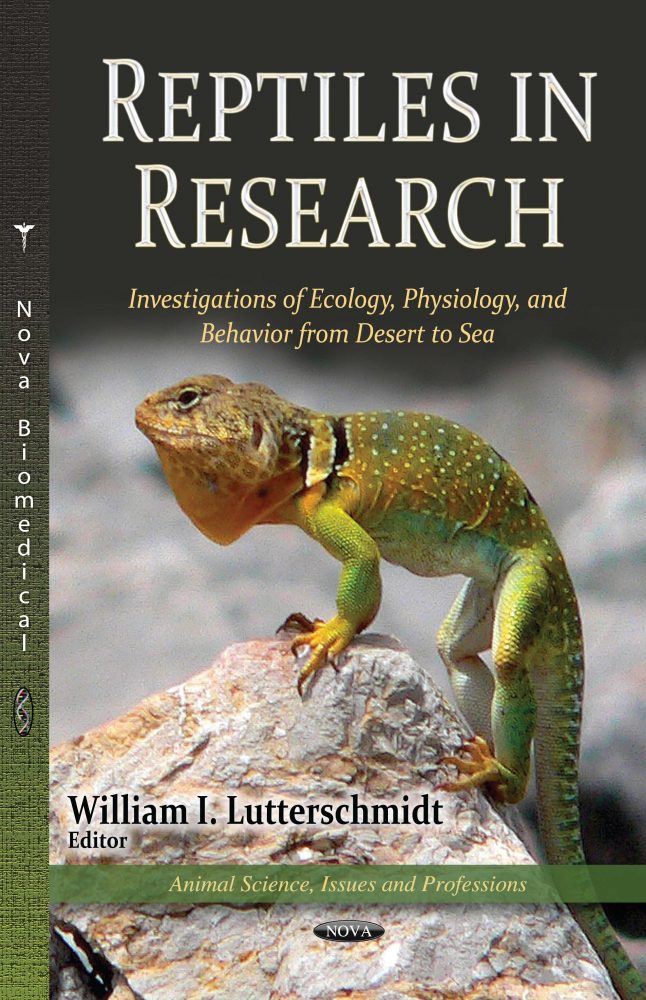
Reptiles in Research: Investigations of Ecology, Physiology and Behavior from Desert to Sea
William I. Lutterschmidt
Nova Biomedical
2013
Reptiles in Research: Investigations of Ecology, Physiology, and Behavior from Desert to Sea will capture the interests of all readers with a text that is foundational for the novice herpetologist, while informative for beginning students and seasoned research scientists. This book offers its readers a glimpse into the passions of scientists who find reptiles fascinating creatures of study. Readers will learn how reptiles serve as organismal models that continue to advance human knowledge and understanding of complex biological processes and systems. William I. Lutterschmidt has invited top researchers from around the world to share their personal research interests and illustrate how environment influences the ecology, physiology, and behavior of reptiles. This book will introduce a diversity of research fields and reptilian species, from how web-footed geckos move in desert sands to how sea snakes cope physiologically with high salinity.
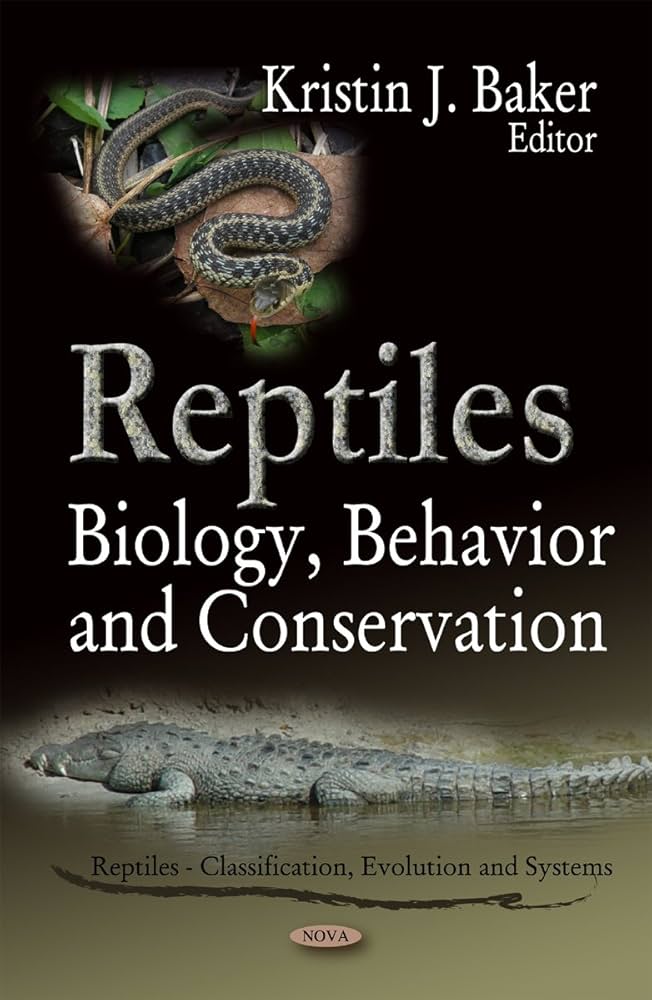
This book presents current research in the study of reptiles from across the globe. Topics discussed include the Northern Pine Snake; the Crocodilian cardiovascular system; spatial cognition in reptiles; the organisation and expression of immunoglobulin isotypes in reptiles; conservation of reptiles; salmonella infection in reptiles and advances in amphibian and reptile ecotoxicological research.
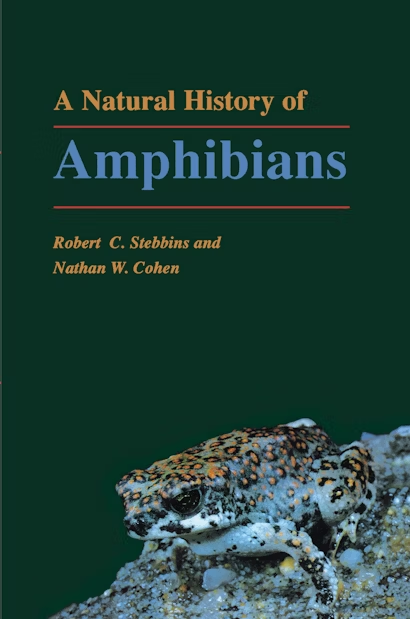
This is a book for all readers who want to learn about amphibians, the animal group that includes frogs, toads, salamanders, and caecilians. It draws on many years of classroom teaching, laboratory experience, and field observation by the authors. Robert Stebbins and Nathan Cohen lead readers on a fascinating odyssey as they explore some of nature’s most interesting creatures, interspersing their own observations throughout the book. A Natural History of Amphibians can serve as a textbook for students and independent learners, as an overview of the field for professional scientists and land managers, and as an engaging introduction for general readers.
Photo Credit: Red-eyed Tree Frog, Costa Rica; William Warby/Unsplash